Lapin Lingo
It can't have escaped your notice that Lapin does things its own way. We have our own expressions, our own words for things. I understand in this reality, it all comes from a popular novel? But in the reality I came from, the home of the Rabbitfolk, the Lapine language has been around for a very long time. It actually helped me to feel much more at home when I came here, that Sable-rah used these expressions, too.In his 1972 novel Watership Down, Richard Adams created a language for his Rabbit protagonists that was informed by the cultural myths he created for them, which spoke to the "rabbit condition." Queen Sable Aradia borrowed from this book, her favourite novel, extensively. Some cynically say that she did this in order to create a "Lapin culture" when the Lapin Protectorate was formed, but in truth, she had been using these words and expressions among her friends and family for most of her life, since she first read the novel at the age of ten. She even gave her devotion to the deity Frith, which appeared in the novel, and was inspired by the stories of the rabbit trickster-hero El-Ahrairah, who was one of the many versions of the Rabbit-totem in literature. However, some believe the Lapine language, as Adams named it, is older than that. For instance, the word "Owsla," used to describe the protectors of The Chief Rabbit, appears in the works of Literomancers from the Middle Ages. And when the Rabbitfolk arrived in this reality, they came with their own tales of El-Ahrairah and Frith, and the remnants of what seemed to be the same Lapine language, though much of it had been lost to time. This tongue, whether it originated in an ancient language from a different universe, or whether it was created by Adams in this one, has given rise to numerous expressions and concepts that are used almost exclusively among Lapinites. Some of these are essential to understanding House Lapin culture.
Writing System
If the original Lapine had any system of writing, it has been lost to time.
Phonology
Lapine words roll off the tongue. They utilize a lot of vowel sounds, and frequently-used consonants include th, l, s , and f, often in combination in ways that would be extremely unusual in English (ie. thethuthinnang.)
Morphology
Words tend to be simple single-syllable concepts, or compounds of these simpler words. Many are onomatopoeic.
Syntax
Syntax in the original Lapine is extremely basic. There are few conjunctions, and emphasis is indicated by the way in which the element words of a name or sentence are combined.
Naming Traditions
Some feminine names that originate from Lapine include: Hyzenthlay "Shine-Dew -Fur" or "fur shining like dew," Nildro-hain "Blackbird's Song," Thethuthinnang "Movement of Leaves." Some masculine names that originate from Lapine include: Hlao "Pipkin," Hrairoo "Little Thousand" or "Fiver," Sayn "Groundsel," Thlayli "Furhead" or "Bigwig." Threar "Rowan" is a common Lapine name used for any gender.WIP
Streamer
Missing
Status: Location Unknown
Deceased
Status: Deceased Character
Retired
Status: Retired Character or Article
Dictionary
Spoken by
Common Phrases
A few phrases with their origin in Lapine are more commonly used than others:
"The Black Rabbit (of Inlé)" - The rabbit Grim Reaper, the personification of death. Frequently expressed as "meeting the Black Rabbit."
"El-Ahrairah's (insert body part, the ruder the better)!" - A slightly blasphemous oath meant to convey anger or dismay. El-Ahrairah is the trickster-hero of the Lapin mythos; not exactly divine themself, but something like a saint, perhaps, touched by the power of Frith.
"elil" - The enemies of rabbits. In the modern era, this term is often used to refer to The Undead Horde.
"embleer" - Meaning "stinking" in the original Lapine, it is often used as an interjection to represent anger or disgust, regarded something on the level of "damn" in the Lapin Protectorate, as far as swearing goes.
"flayrah" - Really tasty food.
"For Frith's sake!" - An exclamation showing surprise, impatience, anger, or similar, depending on the context. Also: "For the love of Frith!" Frith is the supreme deity in the Lapin mythos, symbolized by the sun.
"gone over to Inlé" - Since "Inlé" means darkness or the land of the dead, this is a purely modern expression with Lapine roots, meaning that someone has been taken by the Undead Horde and become a Zombie or a Tome Zombie.
"hraka" - Droppings, poop, excrement. In other words, this is often used in the same context as "shit!"
"Sable-rah" - Queen Sable Aradia is the monarch of the Lapin Protectorate, and also The Chief Rabbit of House Lapin. As Chief Rabbit, adding the suffix "-rah" to her name, which means "prince, royal," etc., is the equivalent of addressing her by other royal forms of address, but also implies a more personal connection. Many of the Tome Knights among the Woodland Family Alliance Houses, especially House Lapin, call her "Sable-rah" as a result.
"silflay" - To eat (graze) outdoors, sometimes used as a synonym for being able to simply eat a meal in peace.
"stop running" - A rabbit never stops running until they are dead. A Lapin who has passed away is said to have "stopped running."
"U Hrair", or "The Thousand" - El-Ahrairah means "Prince with a Thousand Enemies." The Thousand is a term for the many enemies of rabbits. In the modern era, it is also sometimes used to mean "the Undead Horde." A common eulogy among the Lapins is:
My heart has joined The Thousand, for my friend has stopped running today.


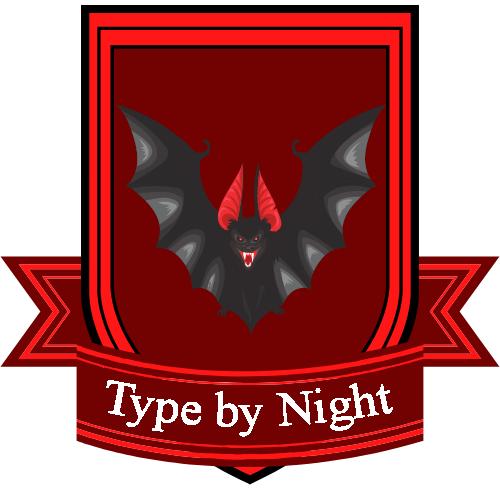
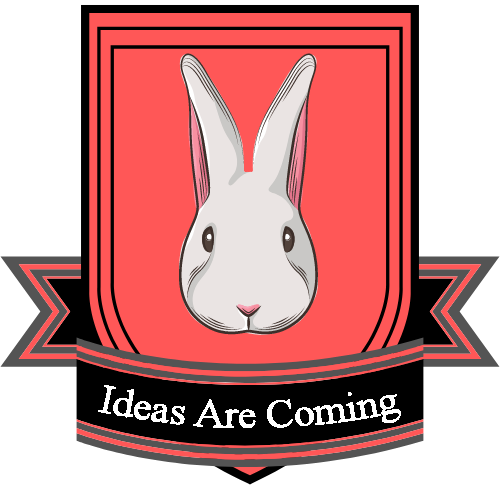
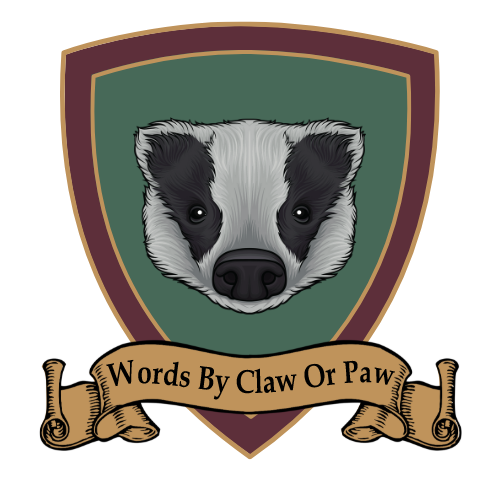
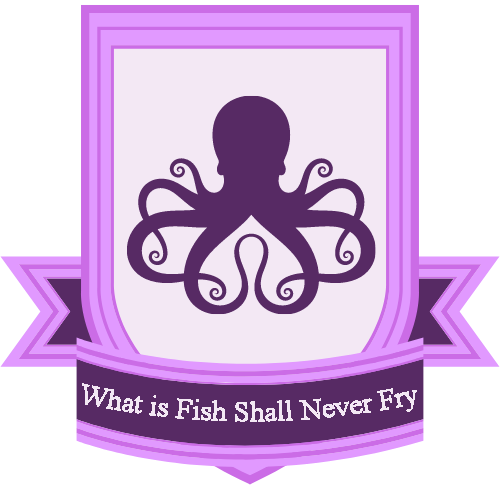


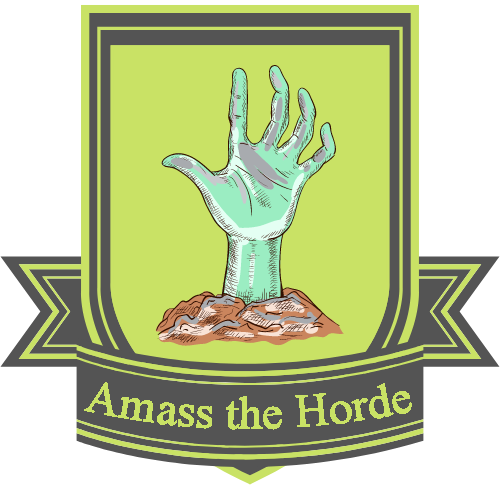

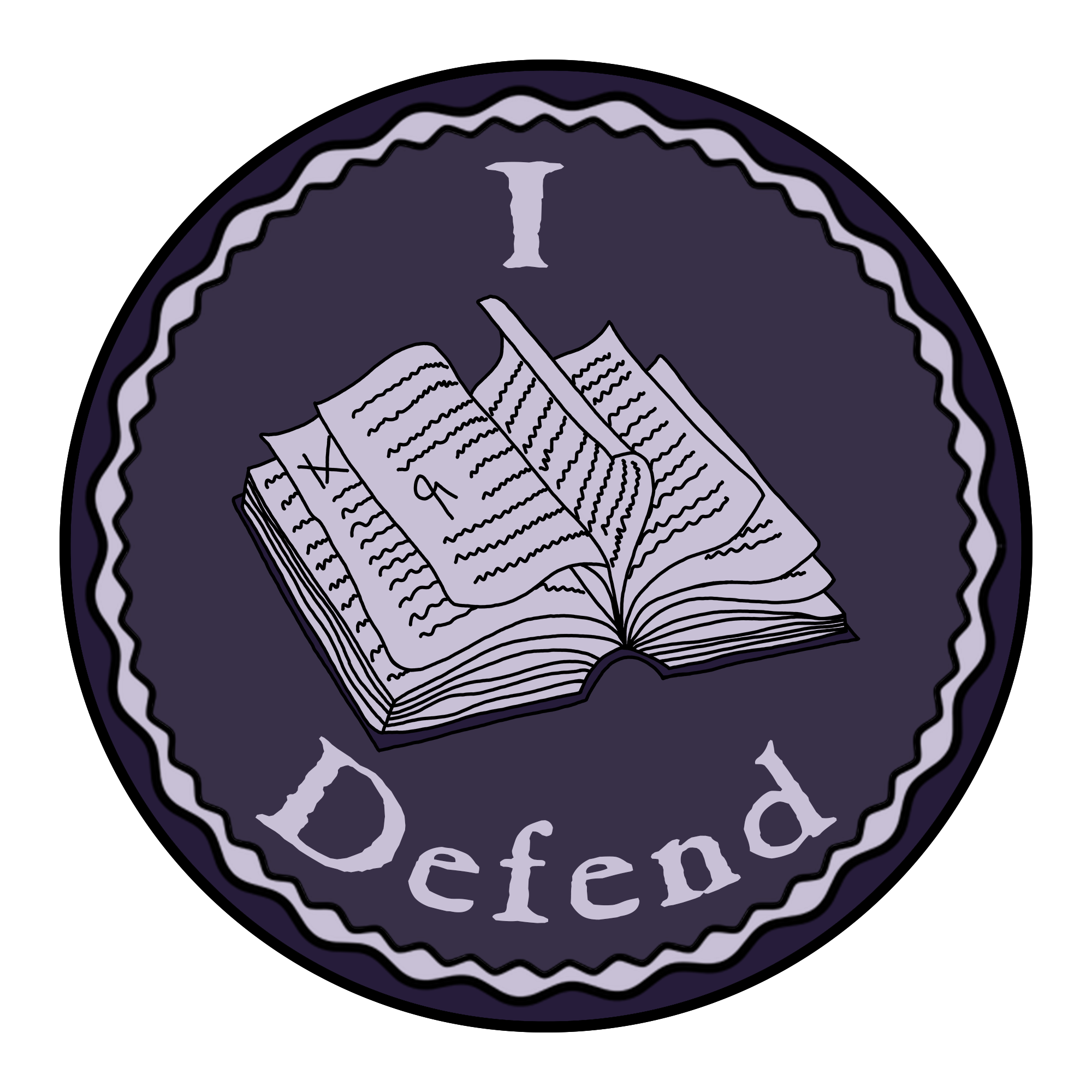
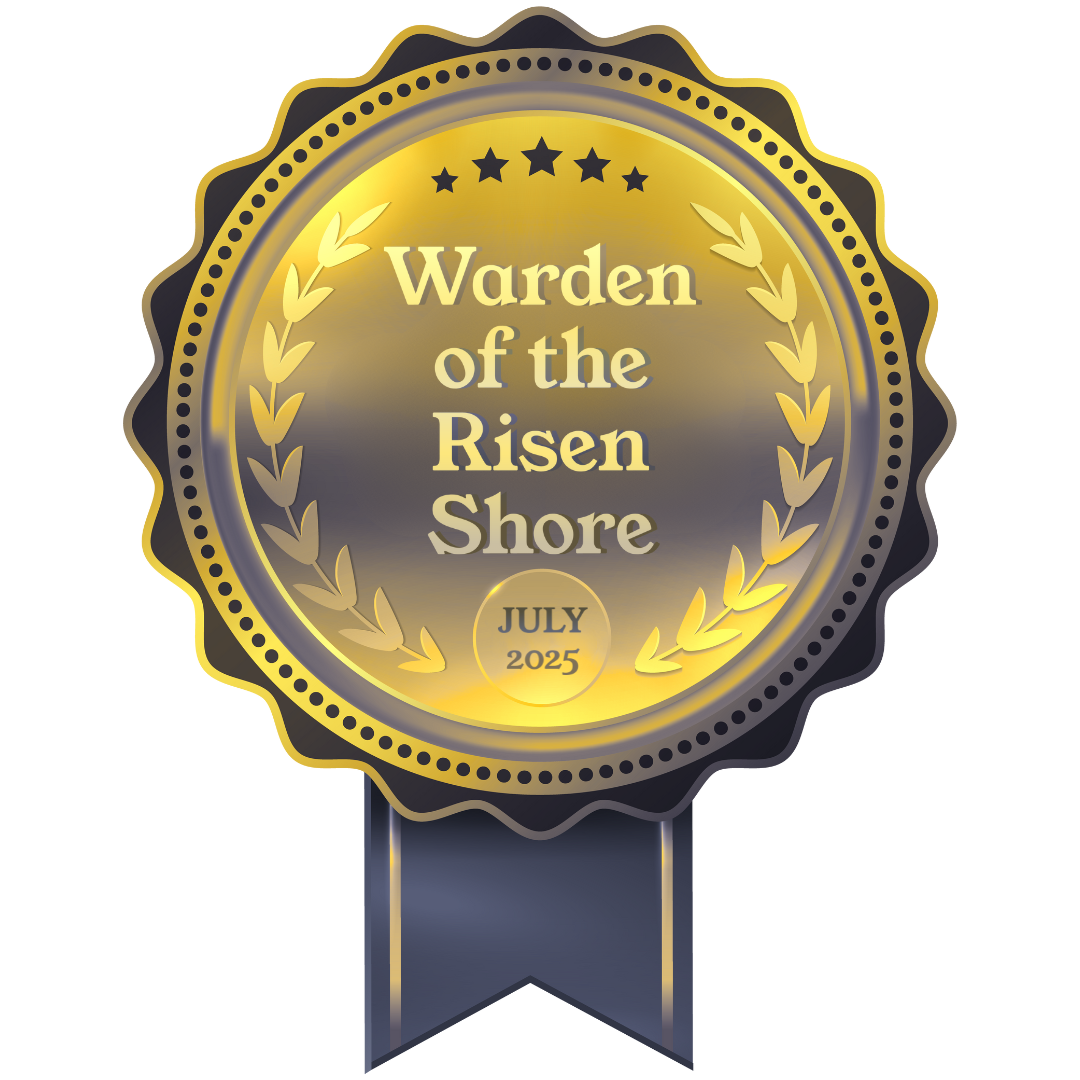



Comments
Author's Notes
Most of these words are cribbed directly out of Watership Down by Richard Adams. Their inclusion is in no way a challenge to his copyright, but is instead intended as the deepest of tributes.